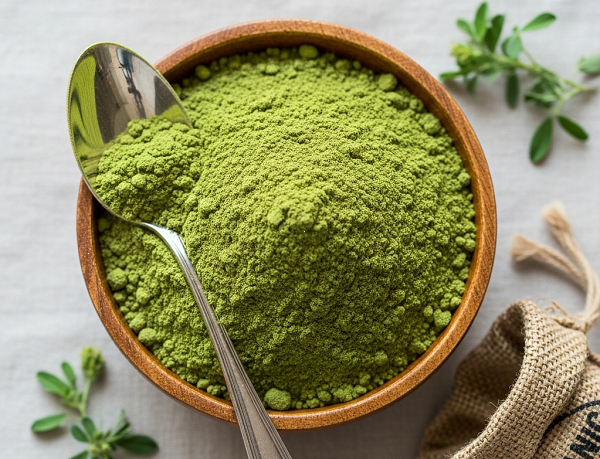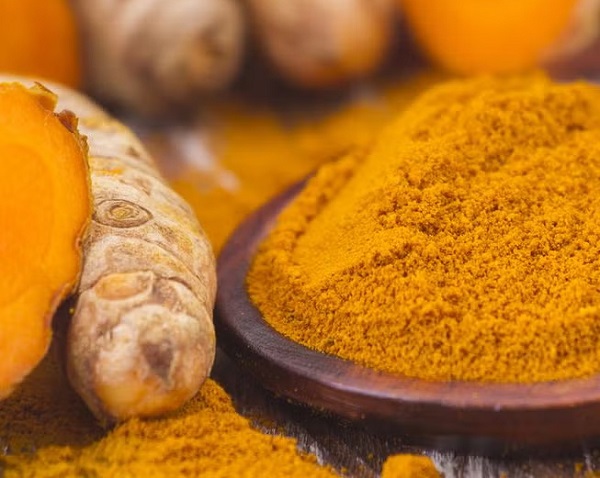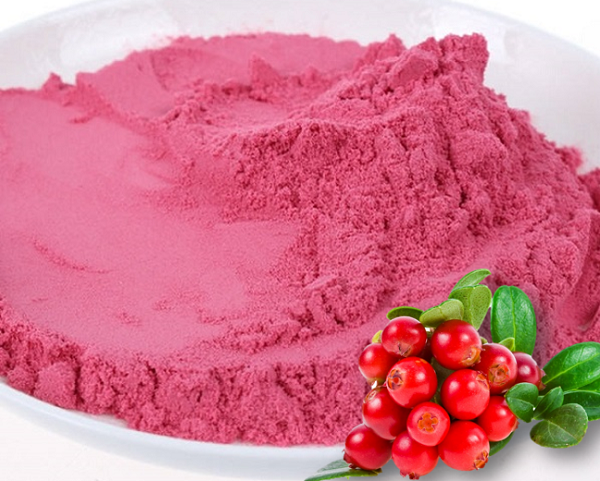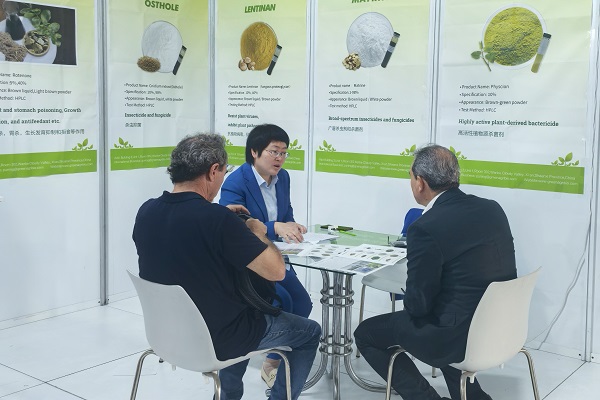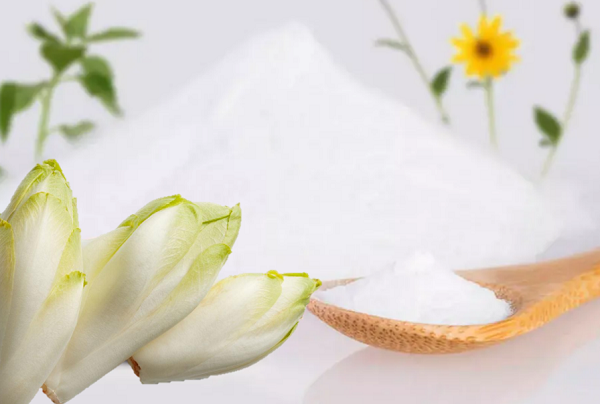Follow Us:
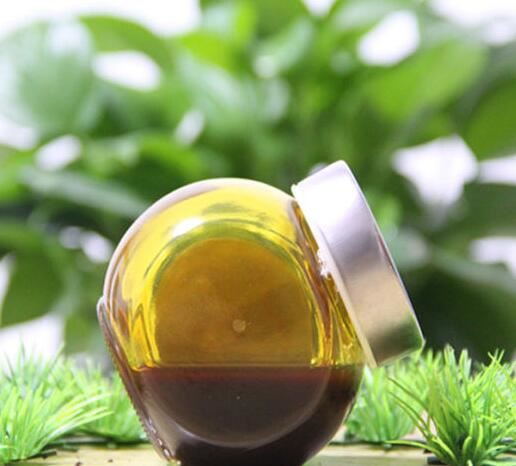
Veratrine Uses
What is Veratrine?
A poisonous alkaloid obtained from the root hellebore (Veratrum) and from sabadilla seeds as a white crystalline powder, having an acrid, burning taste. It is sometimes used externally, as in ointments, in the local treatment of neuralgia and rheumatism. Called also veratria, and veratrina
Early isolation methods relied on formation of the nitrate salt and then precipitation of the insoluble sulfate form.[3] Accounts of these efforts date back to 1878, but the first true purification of veratridine is the one carried out in 1953 by Kupchan et al. This, and later purification procedures, begin with veratrine, a mixture of the alkaloids present in the Veratrum plants, primarily containing cevadine and veratridine. The nitrate salt is formed by dissolving the veratrine in 1% sulfuric acid over ice and precipitating with sodium nitrate.
Veratrine Uses
After resuspending in water over ice, the solution is brought to pH 8.5 with aqueous NaOH and then pH 10 with aqueous ammonia, forming another precipitate which is extracted with ether and then with chloroform. The ether and chloroform fractions are combined and dried. The dried residue is dissolved in sulfuric acid and the sulfate salt of veratridine is precipitated by dropwise addition of a solution of ammonium sulfate. Finally, the free base form is generated with ammonium hydroxide.[4]
An even better isolation of veratridine from veratrine is achieved using high-performance liquid chromatography (HPLC); as commercially available veratridine may vary in purity, HPLC purification of veratrine is a preferred method for isolation of veratridine for biological studies.[3]
For bulk Veratrine, please contact us at email:info@greenagribio.com
References:https://www.definitions.net/definition/Veratrinenoun
https://en.wikipedia.org/wiki/Veratridine













